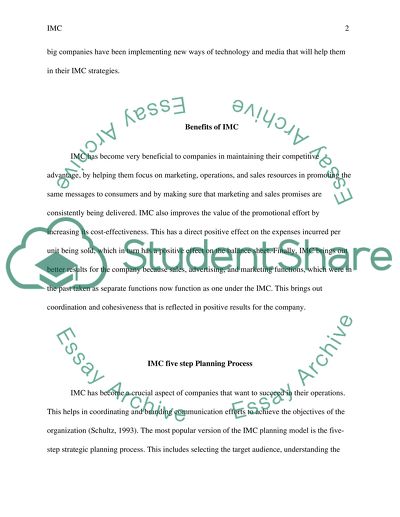Cite this document
(“IMC Essay Example | Topics and Well Written Essays - 3000 words - 1”, n.d.)
IMC Essay Example | Topics and Well Written Essays - 3000 words - 1. Retrieved from https://studentshare.org/marketing/1675654-imc
IMC Essay Example | Topics and Well Written Essays - 3000 words - 1. Retrieved from https://studentshare.org/marketing/1675654-imc
(IMC Essay Example | Topics and Well Written Essays - 3000 Words - 1)
IMC Essay Example | Topics and Well Written Essays - 3000 Words - 1. https://studentshare.org/marketing/1675654-imc.
IMC Essay Example | Topics and Well Written Essays - 3000 Words - 1. https://studentshare.org/marketing/1675654-imc.
“IMC Essay Example | Topics and Well Written Essays - 3000 Words - 1”, n.d. https://studentshare.org/marketing/1675654-imc.


